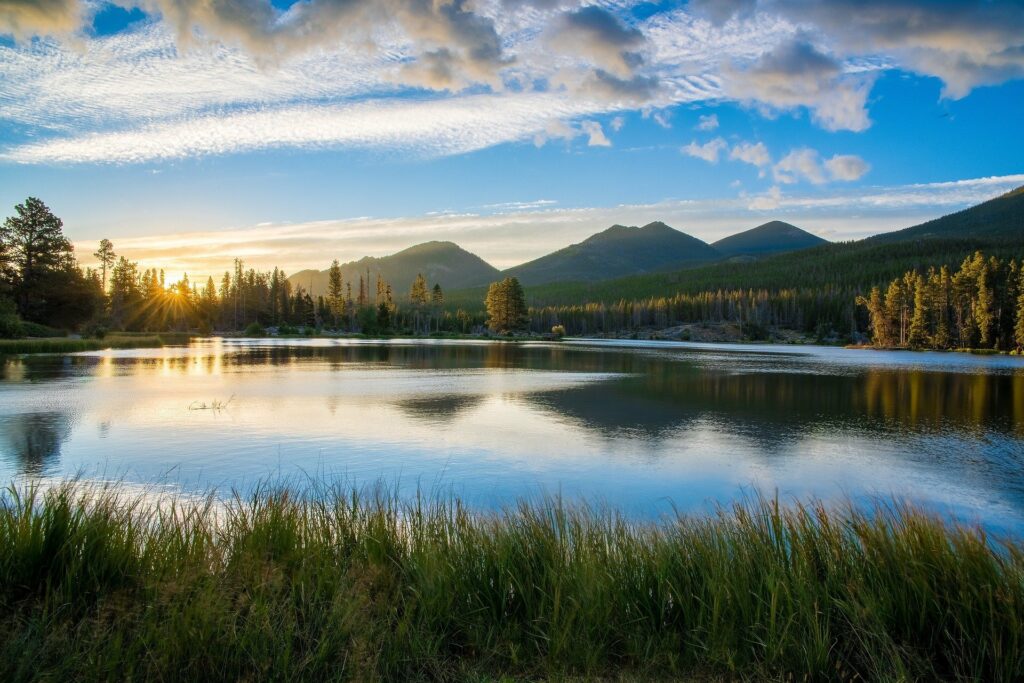Lakes hold over 80% of the Earth’s surface freshwater and support wildlife communities across the planet. But many are already experiencing the effects of climate change, according to a new study. Researchers used satellite data to show the vulnerability of lakes and the consequences for freshwater species.

The distribution and abundance of freshwater species is influenced by rising mean temperatures in lakewater, a consequence of climate change. A new paper estimates that the rate at which lake surface water temperature will change in the future, and compared this to the ability of species to move to cooler areas.
Known as climate change velocity, this figure is used by scientists to help understand the impacts of climate change.
In line with previous studies, the researchers found that most of the lakes, 99%, became by 0.13°C warmer per decade on average between 1979 to 2018. But, even more importantly, they discovered that climate change velocity will likely accelerate during the current century, with consequences on freshwater species.
Climate change velocity was 3.5 km per decade from 1861-2005, with a standard deviation of 2.3 km, the study showed. While this figure is similar to, or lower than, the rates at which some mobile species can migrate, the rate is expected to accelerate from now to the end of the century.
Under a low greenhouse gas emissions scenario, the researchers found climate velocity would increase to 8.7 km per decade, with a standard deviation of 5.5 km. Meanwhile, under a high-level emissions scenario, velocity would be as high as 57 km per decade, with a standard deviation of 17 km.
Iestyn Woolway, co-author of the study, said: “Lake temperatures are set to rise faster than the ability of some species to disperse to cooler areas. The consequences will be more serious for species that disperse less readily, such as freshwater mollusks, but even more motile species, such as some fish, which could migrate more rapidly are likely to be restricted by physical barriers.”
While lake climate change velocity is half that of marine environments, the fragmented and often isolated distribution of lakes across the landscape limits dispersal and puts pressure on freshwater species as well as the goods and services they provide, the researchers argued.
The study was published in the journal Nature Climate Change.


